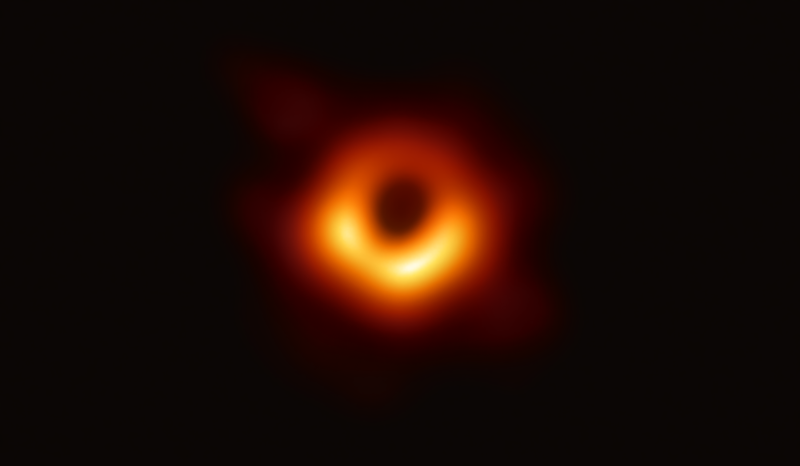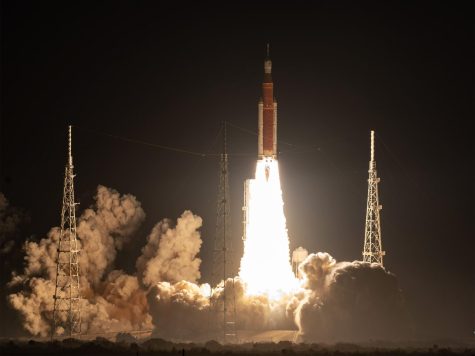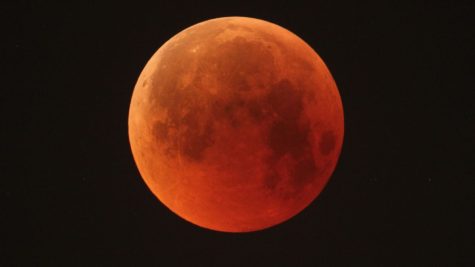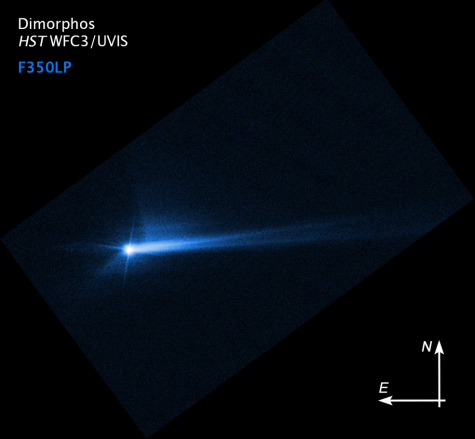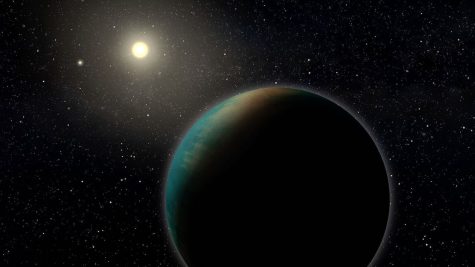First image of Sagittarius A* captured, makes history
The first image of the black hole Sagittarius A* has just been taken by the Event Horizon Telescope on May 12, awing the world and setting new limits to our understanding of these cosmic structures. Located at the center of our own galaxy 27,000 light-years away, Sagittarius A* is completely invisible, but its strength is shown through the swirling lights around the structure, signifying stars being consumed by the overwhelming gravity of the black hole.
The EHT utilized very-long-baseline-interferometry, which “combines telescopes separated by huge distances” to improve resolution, according to the Center for Astrophysics at Harvard. Because of Sagittarius A*’s distance from Earth, this was necessary to create an image comprehensible to scientists, and multiple views from observatories around the world were used to create the sharpest image possible. As a result, astronomers were able to see a stunning sight — the shadow cast by the black hole’s event horizon, which no light can escape from.
The achievement is a product of decades of research into the center of our galaxy started by Harlow Shapley in 1918. It was Shapley who first pondered on what caused stars to gravitate towards the center of the universe, and Einstein’s general theory of relativity created the concept of a black hole as the cause of this phenomenon. Now with this image, scientists will further study known black holes in our universe, including the larger black hole at the center of galaxy M87.

